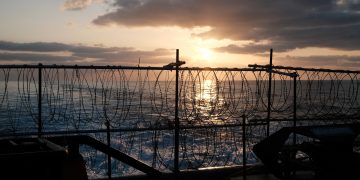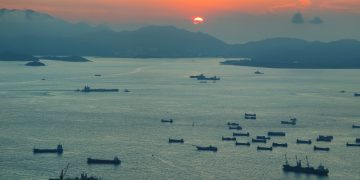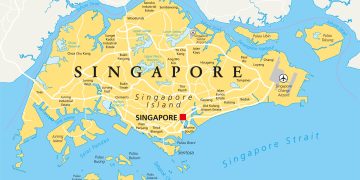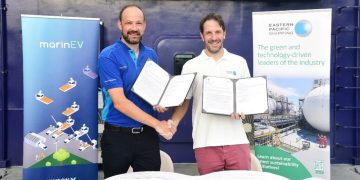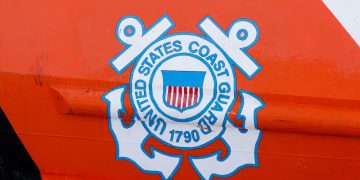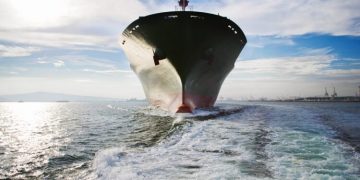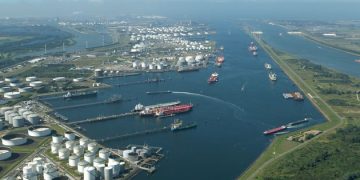Stepped up enforcement in the North American ECA
UK P&I Club issues Knowledge bulletin The UK P&I Club issued a Knowledge bulletin regarding the stepped up enforcement in the North American ECA.In a new enforcement initiative, the United States Environmental Protection Agency (EPA), in cooperation with the United States Coast Guard (USCG), has boarded vessels to collect bunker samples to determine whether the vessels fuel sources meet the 1.0% fuel oil sulphur limit applicable within the North American Emissions Control Area (ECA).The EPA also disclosed that it has been experimenting with vessel flyovers to assess vessel smokestack plumes for the same purpose.The EPAs unprecedented action, coming on the heels of its issuance of administrative subpoenas to several large companies operating ships within the North American ECA, announced stepped up efforts to enforce low sulphur fuel requirements within the North American ECA. Until this recent initiative, EPA and USCG officials seemed content to simply monitor compliance efforts by reviewing ECA-related records and documents such as Bunker Delivery Receipts during Port State Control inspections. These joint EPA/USCG initiatives to enforce fuel standards should serve as a warning to Clubs Members operating within the North American ECA. The commercial and legal consequences of a failure to comply with the ECAs fuel ...
Read more





